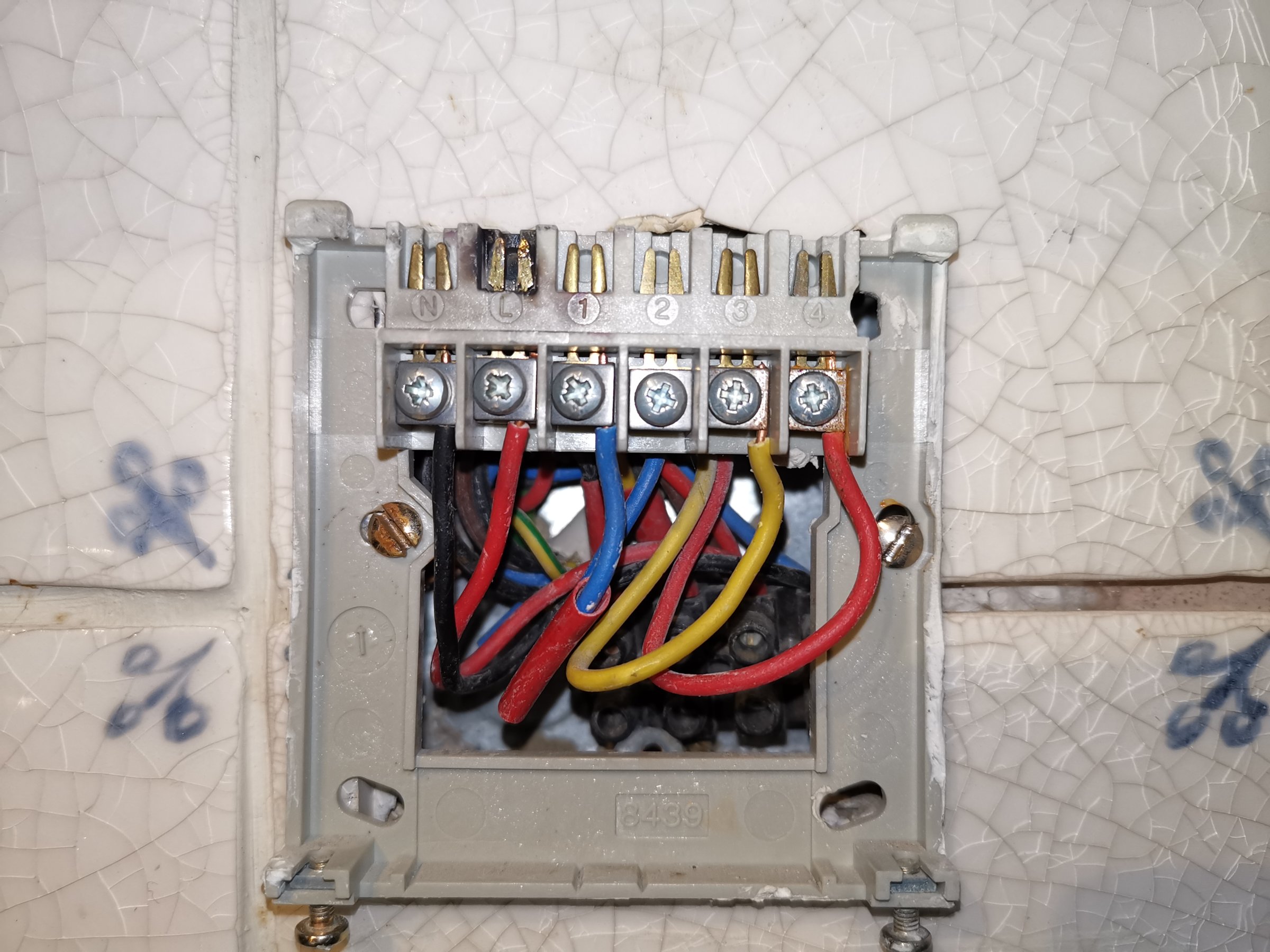Hi Guys, I need help installing Nest 3rd Gen Thermostat wiring using existing wiring.
Currently on Danfoss thermostat and nest installation guide is confusing. I believe our boiler system is in Y plan.
Our Boiler is Worcester Greenstar Ri and I believe it is combi boiler. Water heats up in the stored tank.
Our current Danfoss thermostat switches on water heating automatically everyday in the morning for 1 hour and if we require more hot water we switch on water heating manually for 1 hour. And central heating works same way; if we require heating we switch on central heating for 1 hour.
So need help in wiring Nest 3rd Gen Heat link first & then thermostat ring on existing wired thermostat.
Currently on Danfoss thermostat and nest installation guide is confusing. I believe our boiler system is in Y plan.
Our Boiler is Worcester Greenstar Ri and I believe it is combi boiler. Water heats up in the stored tank.
Our current Danfoss thermostat switches on water heating automatically everyday in the morning for 1 hour and if we require more hot water we switch on water heating manually for 1 hour. And central heating works same way; if we require heating we switch on central heating for 1 hour.
So need help in wiring Nest 3rd Gen Heat link first & then thermostat ring on existing wired thermostat.
Last edited:









